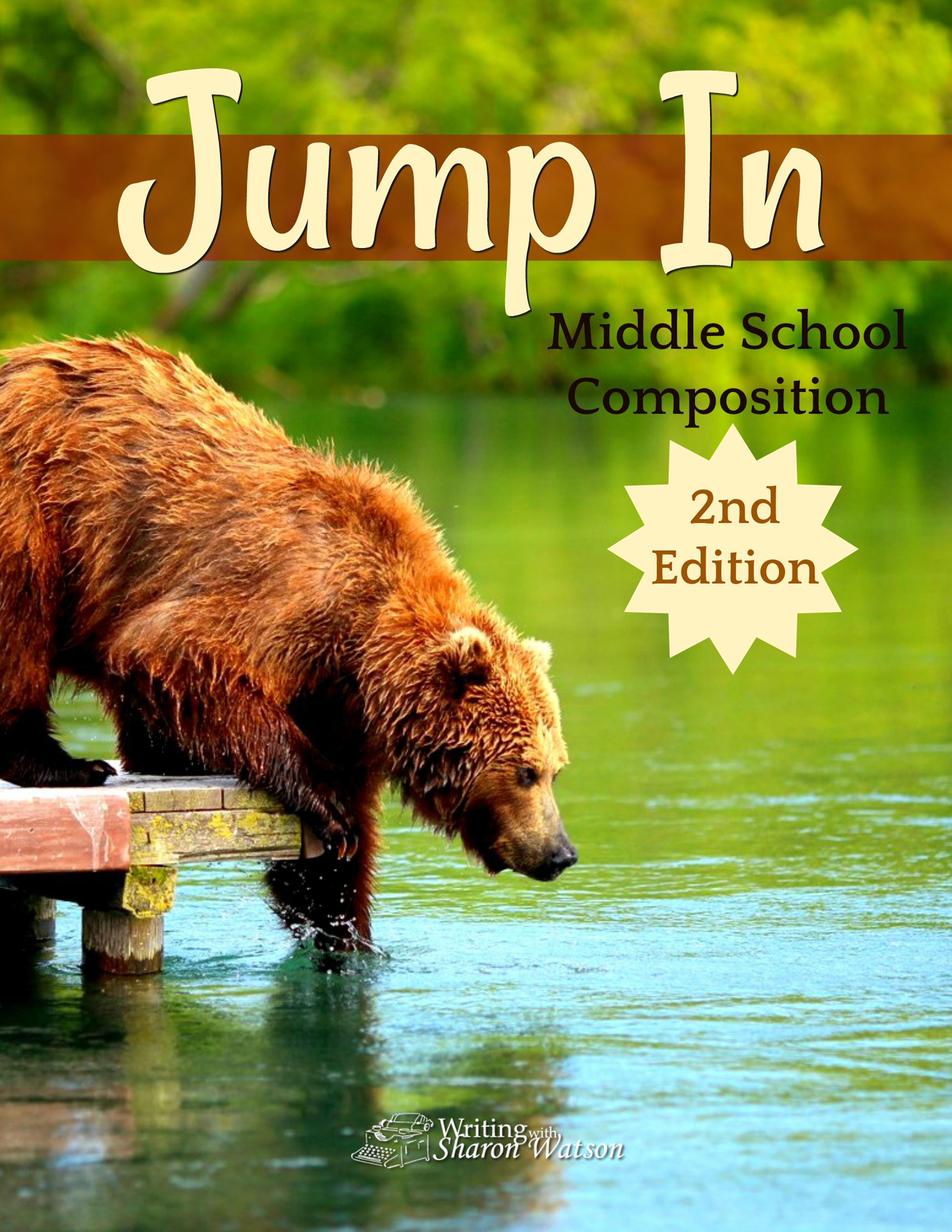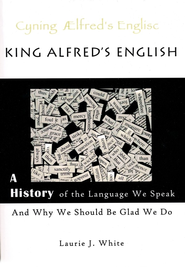SHARON’S BLOG
Let’s use a quote from Confucius and a passage from Proverbs to get your students thinking about wisdom.
In this bundle of writing prompts centered around wisdom, your students will encounter these types of writing: opinion, personification, parallel construction, definition, and more.
These prompts are just right for students in grades 5 – 12.
So, what did Confucius have to say about wisdom? And do your students agree with him?
7 Prompts on Wisdom
“By three methods we may learn wisdom: first, by reflection, which is noblest; second, by imitation, which is easiest;
and third, by experience, which is the bitterest.”
-Confucius
1. Do you agree?
Do you agree with the above quotation by Confucius and his summation of methods for gaining wisdom? What other methods exist? Explain your answers in a paragraph or two.
2. Define.
Define wisdom in one sentence and then explain or illustrate what you mean by using examples. Use one sentence in your paragraph defining (or explaining) what wisdom is not.
This is called a negative definition, like this: “Wisdom is not . . . . ” One example of a negative definition is this: “Forgiveness is not excusing someone’s hurtful behavior by thinking they had a reason to do it.”
Here’s an example of a negative definition of the word gratitude from dailycaring.com, followed by a positive definition:
Being grateful doesn’t mean ignoring negative feelings. Nobody is suggesting that caregivers should suck it up and be thankful no matter how tough things get.
Gratitude is about noticing that there are always some positive things in your life, no matter how dark things may seem.
3. Write your own.
Write your own aphorism (witty saying) about wisdom. Give one example of your idea about wisdom.
4. Construct in parallel.
Confucius’ quotation is written using parallel construction. This means that something is repeated using the same or similar sentence structure, like this:
first, by reflection, which is noblest
second, by imitation, which is easiest
third, by experience, which is the bitterest
See how the ordinal numbers (first, second, and third) begin each phrase? Then each is followed with a noun. And last, each noun is described with a superlative form of an adjective (noblest, using the ending “est”), indicating the highest or most extreme.
Construct your own sentence with three points about wisdom or another topic of interest to you. Use parallel construction.
5. Choose a method.
Choose one of Confucius’ three methods of gaining wisdom. Explain what he means by it (or what you think he means) and give examples from real life, literature, current events, and more.
6. Explain.
Read a Bible verse about wisdom. Proverbs has many verses you can use, or simply look up the word wisdom in a concordance to find an interesting verse or passage about wisdom.
Now write a paragraph or so to explain to someone five years younger than yourself what that verse or passage means.
7. Personify.
Read Proverbs 1:20-33. This passage describes Wisdom calling aloud in the streets and encouraging people to listen to her.
Anytime you take something abstract like love, nature, or wisdom and give it human attributes such as the ability to speak, you are personifying that something. Love is often personified as the little guy Cupid with a bow and arrow. When the weather is wild or strange, people like to personify nature by saying that Mother Nature is off her medications. And that bent-over old guy with the long beard and a cane? He’s the personification of the last days of the old year.
Now you try it. Personify wisdom or something else like war, strong desire, peace, faith, or a season of the year.
You can find another prompt on personification here and the closely related anthropomorphism here and here.
Yours for more vibrant writing and literature experiences,














